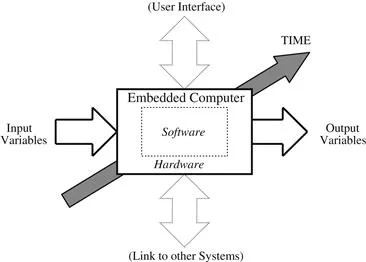
Fast and Effective Embedded Systems Design
Applying the ARM mbed
Tim Wilmshurst, Rob Toulson
- 400 pages
- English
- ePUB (adapté aux mobiles)
- Disponible sur iOS et Android
Fast and Effective Embedded Systems Design
Applying the ARM mbed
Tim Wilmshurst, Rob Toulson
À propos de ce livre
Fast and Effective Embedded Systems Design is a fast-moving introduction to embedded system design, applying the innovative ARM mbed and its web-based development environment. Each chapter introduces a major topic in embedded systems, and proceeds as a series of practical experiments, adopting a "learning through doing" strategy. Minimal background knowledge is needed. C/C++ programming is applied, with a step-by-step approach which allows the novice to get coding quickly. Once the basics are covered, the book progresses to some "hot" embedded issues – intelligent instrumentation, networked systems, closed loop control, and digital signal processing.
Written by two experts in the field, this book reflects on the experimental results, develops and matches theory to practice, evaluates the strengths and weaknesses of the technology or technique introduced, and considers applications and the wider context. Numerous exercises and end of chapter questions are included.
- A hands-on introduction to the field of embedded systems, with a focus on fast prototyping
- Key embedded system concepts covered through simple and effective experimentation
- Amazing breadth of coverage, from simple digital i/o, to advanced networking and control
- Applies the most accessible tools available in the embedded world
- Supported by mbed and book web sites, containing FAQs and all code examples
- Deep insights into ARM technology, and aspects of microcontroller architecture
- Instructor support available, including power point slides, and solutions to questions and exercises
Foire aux questions
Informations
PART I
Essentials of Embedded Systems, using the mbed
Chapter 1
Embedded Systems, Microcontrollers and ARM
Chapter outline
1.1 Introducing Embedded Systems
1.1.1 What is an Embedded System?
